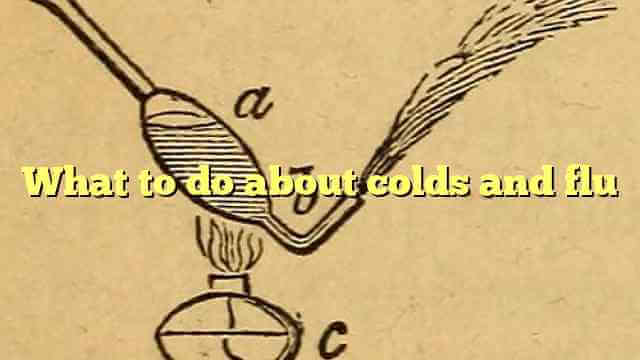
There are few things as controversial as exactly what constitutes ‘healthy eating’. Everyone wants to eat more healthily, and producers of food want their customers to believe that whatever they’re selling will help them do that. Somewhere along the line, the truth gets lost in the noise.
In objective terms, most nutritionists agree that the best path to healthy eating is to eat all the different food groups in moderation. These means to avoid fad diets that restrict one food group and go overboard with another, and not to eat too much of whatever your favourite food might be. The key is to eat some carbohydrate, protein and fat at each meal, hopefully balancing out things like pasta and rice with meat or other fats and proteins.
However, it is also necessary to restrict calorie intake, which basically means not eating too much overall. How many calories you need varies depending on your gender, how old you are and what kind of work you do, but somewhere between 2000-2500 calories per day works as a general rule.
A more controversial part of the drive towards healthy eating is that some food ingredients are generally considered to be unhealthy in any quantity and the big food manufacturers aren’t happy about this, because these ingredients tend to be cheap, or tasty, or useful, or all three. Preservatives are a good example, as are pesticides and sweeteners, and consumers’ attempts to avoid these have led to manufacturers being forced to go to all sorts of lengths to remove them from their foods.
Governments have got in on the healthy eating act, too, with many of them mounting campaigns on it in an effort to drive down obesity and other food-related conditions. The most common one is the message to eat five portions of fruit and vegetables per day, which has led to a marketing feeding frenzy, with other campaigns including anti-salt, pro-oils, anti-trans fats, and sometimes anti-junk food in general.






